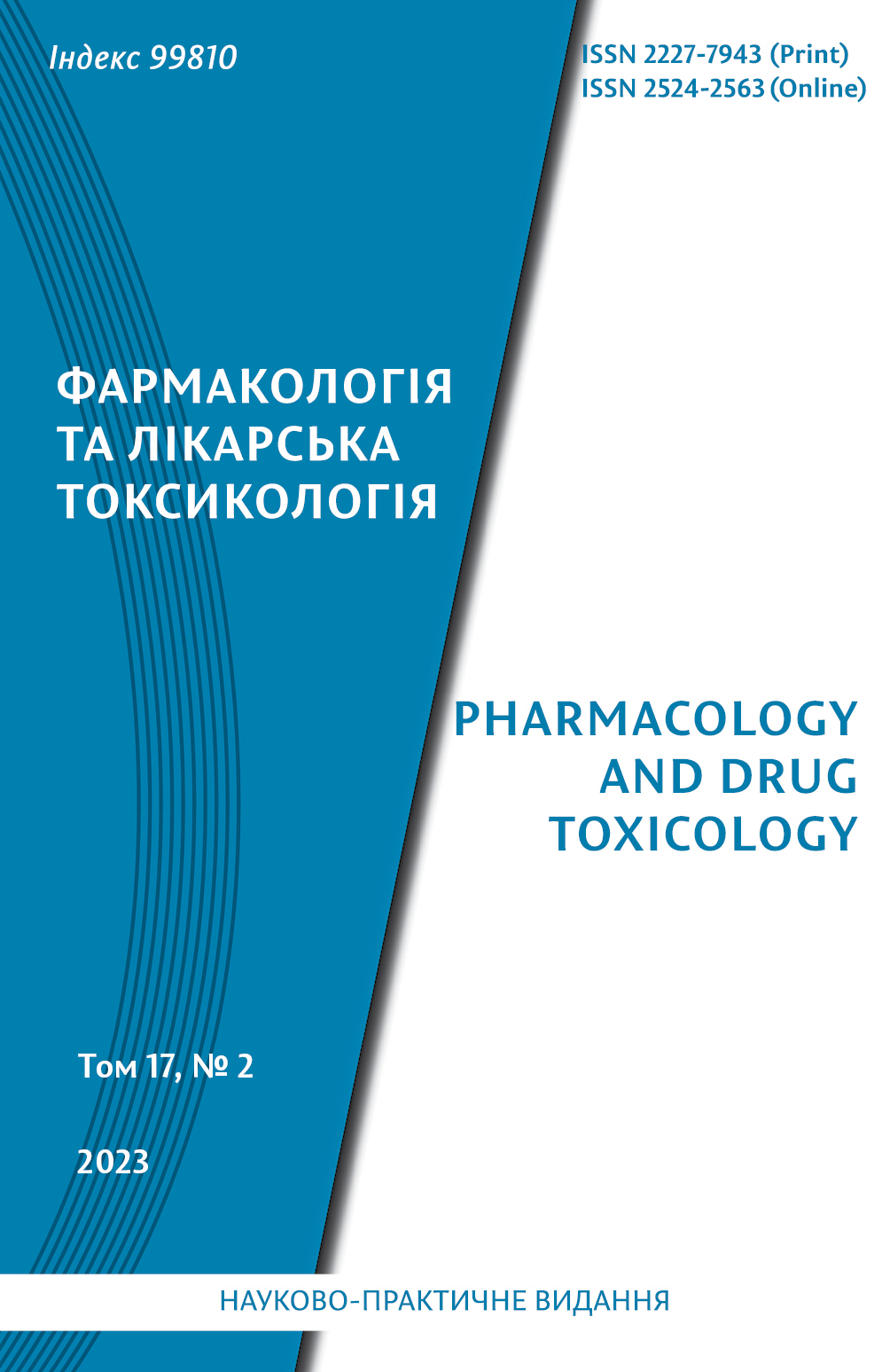Abstract
Recently, much attention has been paid to the development of drugs with a polymodal mechanism of action (multitarget drugs), which can be more effective and safer than those that affect only one, clearly defined link of the pathological process. Of considerable interest from this point of view are derivatives of crown ethers, where the pharmacophor fragment determines a specific pharmacological effect, and the crown ether moiety facilitates the transport through histohematic (in particular, blood-brain) barriers. One of the compounds is N-(γ-aminobutyryl)-1-aza-4,7,10,13-tetraoxacyclo-pentadecane (gabalgin), which is characterized by antiamnestic, antihypoxic, anticonvulsant activities and low toxicity.
The aim of the study is to determine the processes of absorption, distribution and metabolism of gabalgin in the mice organism.
White outbred mice were administered orally with 14C-gabalgin (50 mg/kg, 0.074 Cu/mol) and the common radioactivity (parent compound and metabolites) was determined by liquid scintillation photometry.
It has been shown, that the maximum content of radioactive products was observed after 0.5 h in plasma and 1–2 h in internal organs (liver, kidneys, lungs), while no organ or tissue accumulating 14C-products was detected. According to the concentration in the blood plasma, the absolute bioavailability after oral administration is ~ 0.97. γ-Aminobutyric acid and its subsequent metabolite succinic semialdehyde were not detected, so it can be assumed that it is not the metabolite of gabalgin and that this part stays in the molecule, at least during the time of the study.
